Preventing Frozen Water Pipes With Heat Tape
Heat tape can be a lifesaver in cold climates where water lines and hoses are exposed to freezing temperatures. If you have ever experienced a broken or frozen water line in the winter, you know the kind of expensive damage that can occur. When pipes freeze, the water expands and can rupture pipes, potentially unleashing thousands of gallons of water into your home.
Insulating your pipes is essential and will prevent pipes from freezing in many situations, but it is not always enough when the temperatures stay cold for days at a time or when temps plummet into the sub-zero range. This is where electric heat solutions come in handy.
There are several different means of heating water pipes and hoses to prevent freezing—or to unthaw the if they do freeze. Knowing what options are available will help you make the best decision when winterizing your home plumbing. Here are several options commonly used on plumbing pipes and water hoses.
Self-Regulating Cable
Offered by several manufacturers, this type of heat tape can be cut to any length for a custom fit, or it can be purchased in kit form in a variety of lengths. The heat tape automatically varies its heat output according to changes in the surrounding temperatures. It emits virtually no heat when temperatures are above freezing, and increasing levels of heat as temperatures drop. No temperature control is required, and many types can be overlapped without danger of overheating (check the manufacturer's instructions).
You can buy self-regulating heat cable by the roll and sometimes even by the foot in some hardware or home improvement stores. In addition to the cable, you will need a connection kit with an end plug, as well as an accessible outlet to plug in the cable. If you buy self-regulating heat tape in a kit form at a specific length, the plug is already attached.
Thermostat-Controlled Cable
Another type of heat tape is quite similar to the self-regulating type, but it is regulated by a separate thermostat. It, too, can be purchased by the foot or in a roll, but it requires a separate connection kit with a thermostat to control the temperature. The heating tape can also be custom fit to your application because it can be cut to any size that is needed; plugs are then added to the ends of the cable.
Thermostat-controlled heating tape is also available in kit form in various lengths with the plug and thermostat already attached.
Heated Water Hoses
For use in climates where you may need to run irrigation water in the winter, several manufacturers offer heated water hoses. They can be useful for homeowners in transitional climates, where periods of frost are limited and irrigation is still needed, or where livestock drinking tanks need to be filled. Heated hoses come in many lengths and are designed with electrical conducting wires embedded into the rubber or vinyl walls of the hose. When these hoses are plugged in, electrical current heats the hose all the way to the end. These hoses shut off automatically in warm weather to save on electricity and prevent overheating.
Tips for Installing and Using Heat Tape
- Consider a heat tape kit: In addition to the raw heat cable that is sold by the foot and fitted with plugs, you can also buy heat tape kits in just about any length you might need—from 3 feet to 100 feet. These tapes have plugs already attached and usually have a power indicator light that indicates when the tape is actively heating. Most of these units come with a built-in thermostat that senses pipe temperatures to turn the tape on and off as temperatures fluctuate, thereby saving electricity.
- Read specifications: When selecting a heat tape, read the package to make sure it is appropriate for your application. Most heat tapes are approved for use on either plastic or metal water lines, but it is best to make sure that this is the case before you buy. Also, make sure it has the features you want, such as a power indicator light and a built-in thermostat.
- Measure before buying: Plumbing pipes located on exterior walls is where heat tape is most often needed since these walls are exposed to freezing outdoor temperatures. Heat tape is rarely needed for pipes running through interior walls. Before you go to the store, measure to determine how much heat tape you need to buy. If you plan to wrap the tape in a spiral fashion around the pipe, the length of the tape will need to be considerably longer than the plumbing pipe.
Carefully install the heat tape according to the manufacturer’s specifications. Many types of heat tape are just attached to the underside of the pipe and can be attached to the pipe with electrical tape or zip ties. Other types are designed to be wrapped around the pipe in a spiral fashion, and some can be installed either way. Do not overlap the tape unless the manufacturer specifies that this is acceptable.
Heat tape may be more effective if it is covered with pipe insulation after installation but only do so if the manufacturer recommends it.2 A good choice is a non-flammable material such as fibrous glass. However, read the package directions carefully to see if insulation is recommended and what material is preferable. Also make sure the thermostat is in the coldest area and directly on the water pipe itself to give an accurate reading.
WARNING
Heat tape designed for plumbing pipes is similar to that used on roofs to prevent ice dams from forming along eaves, but the products are not always interchangeable—unless the manufacturer clearly approves the use in both applications. Cheaper "constant wattage" heat tapes can pose a danger of shingle damage when used on a roof,3 while some self-regulating heat tapes may be approved for use on either pipes or roofs. Read the package instructions to determine the approved applications.
Source: https://www.thespruce.com/heat-tape-2718680


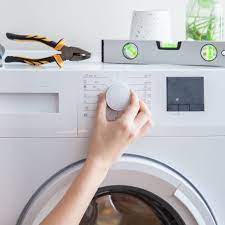
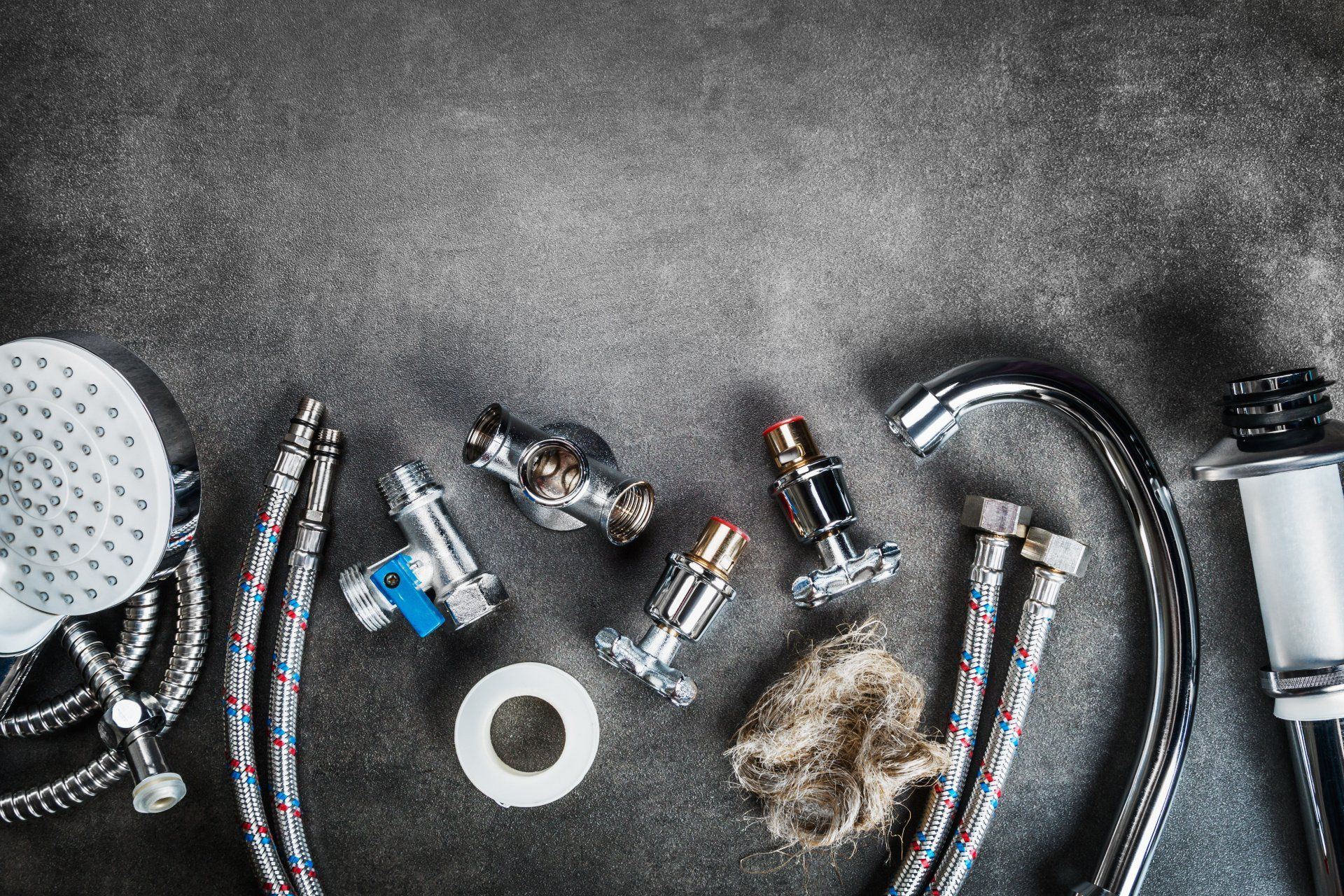

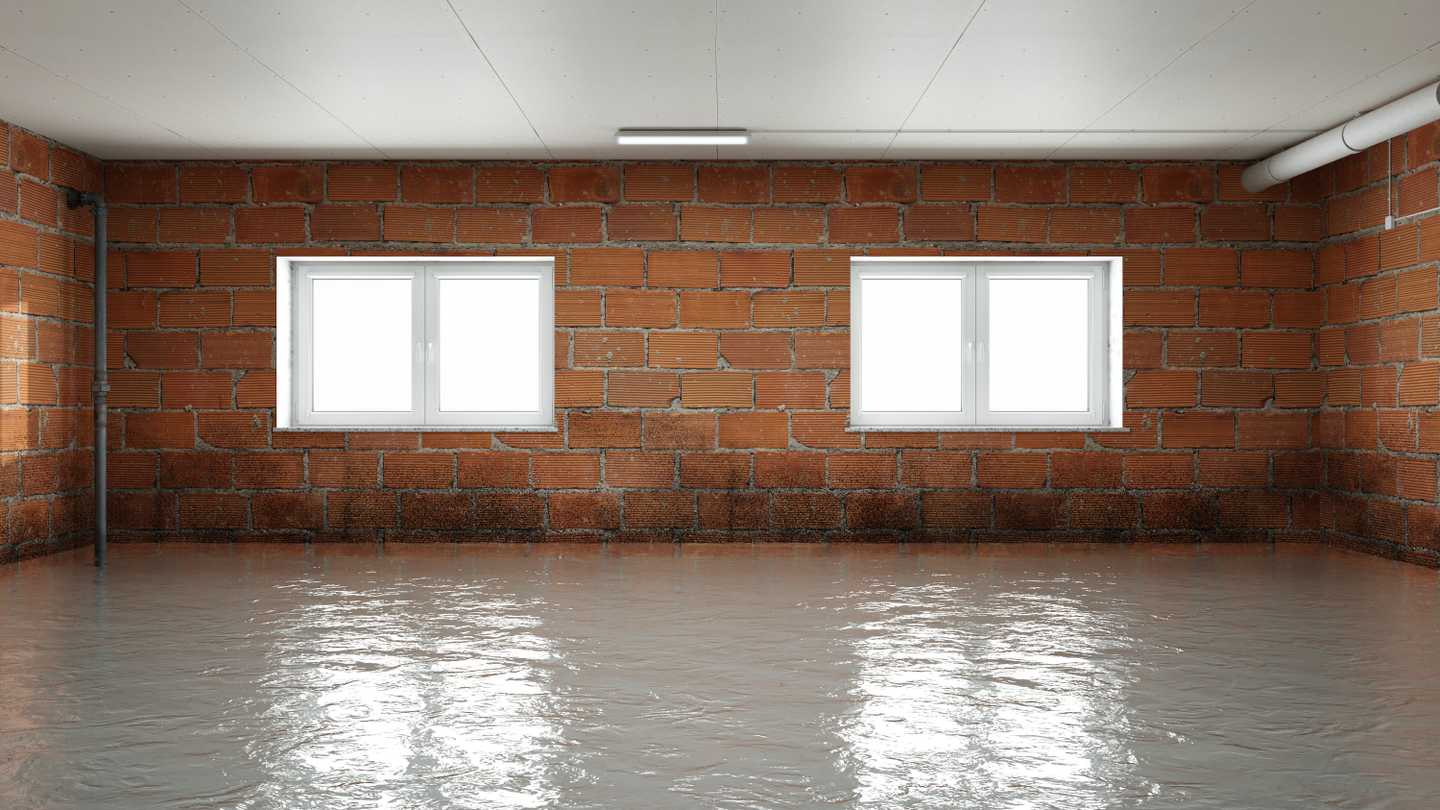
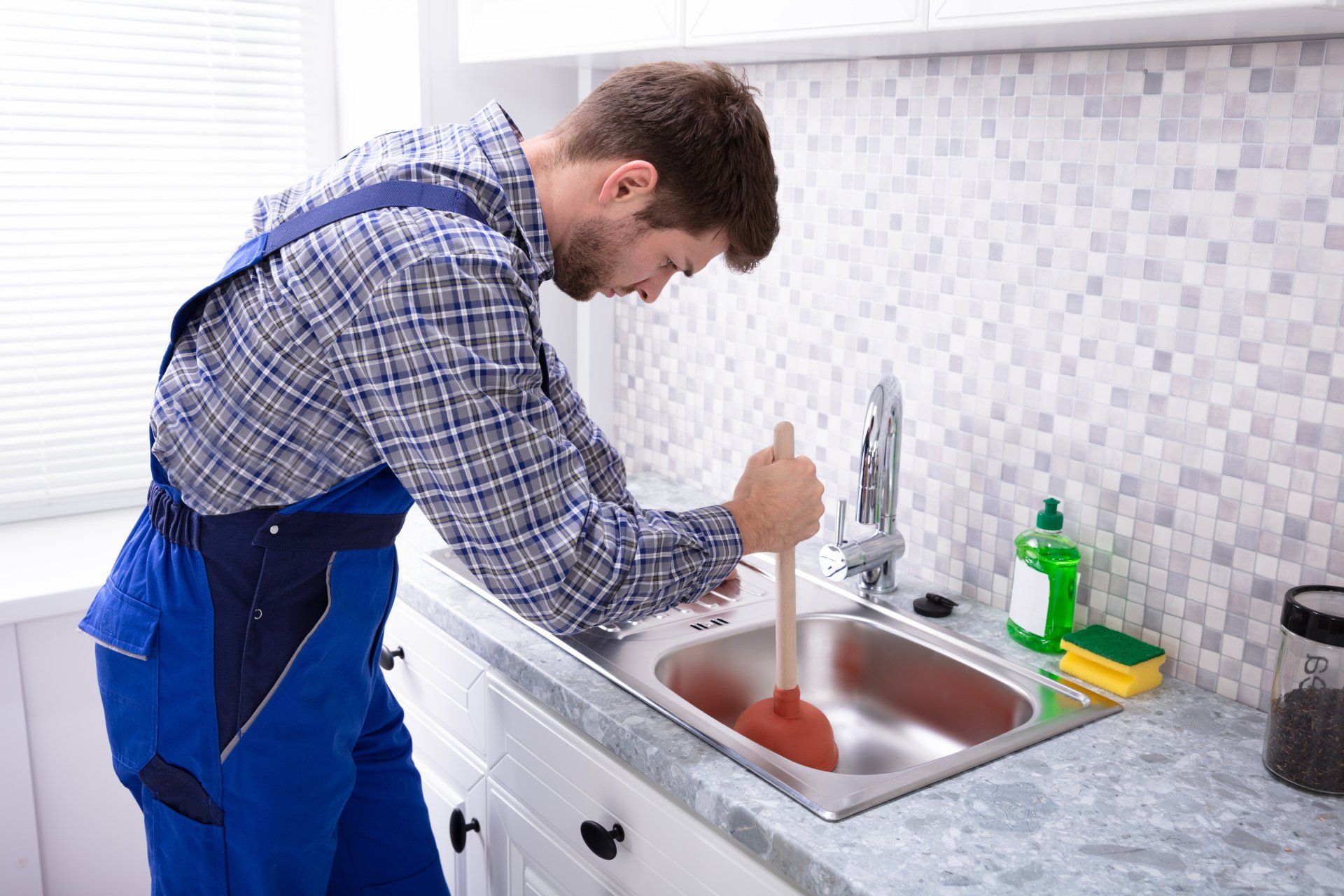
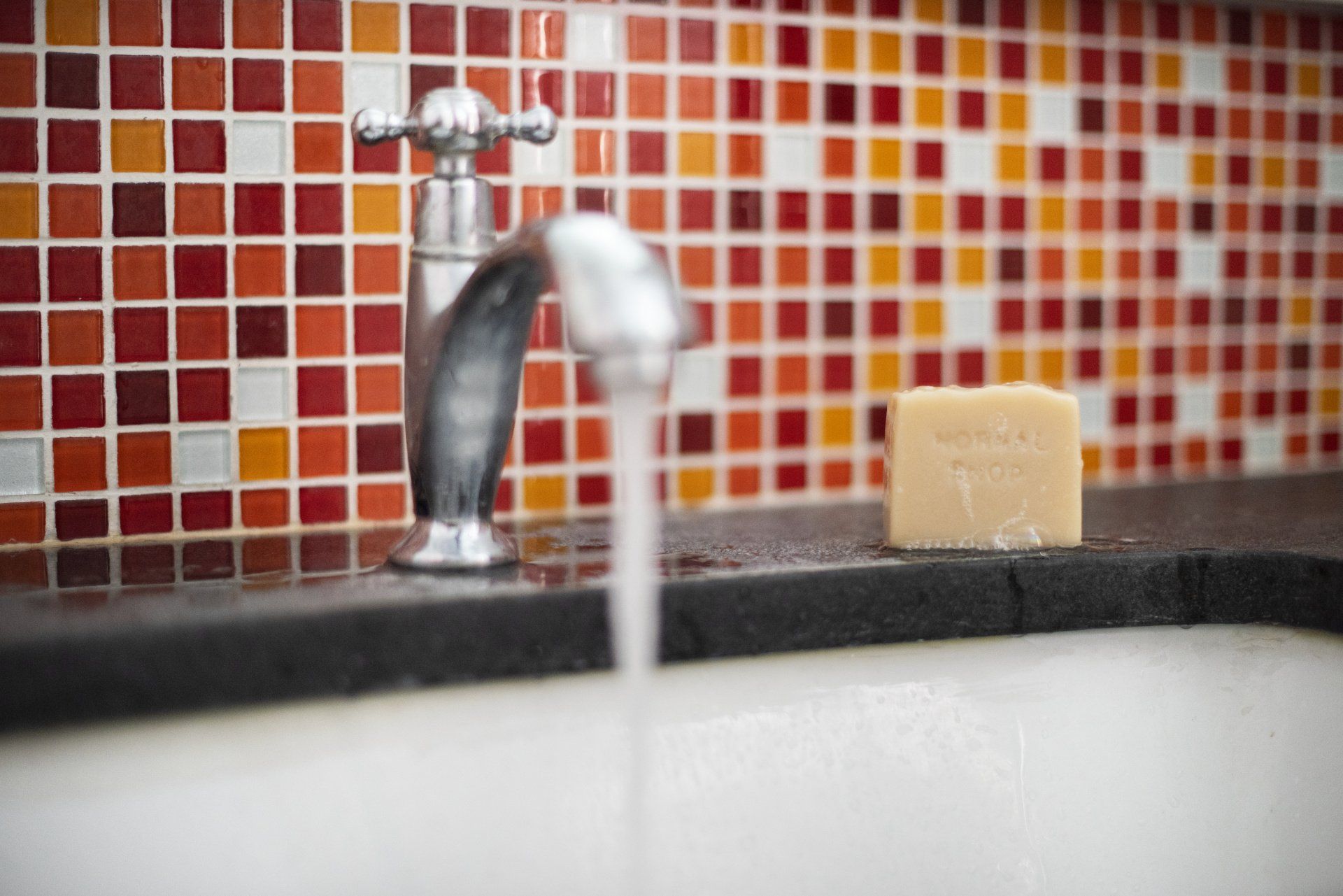




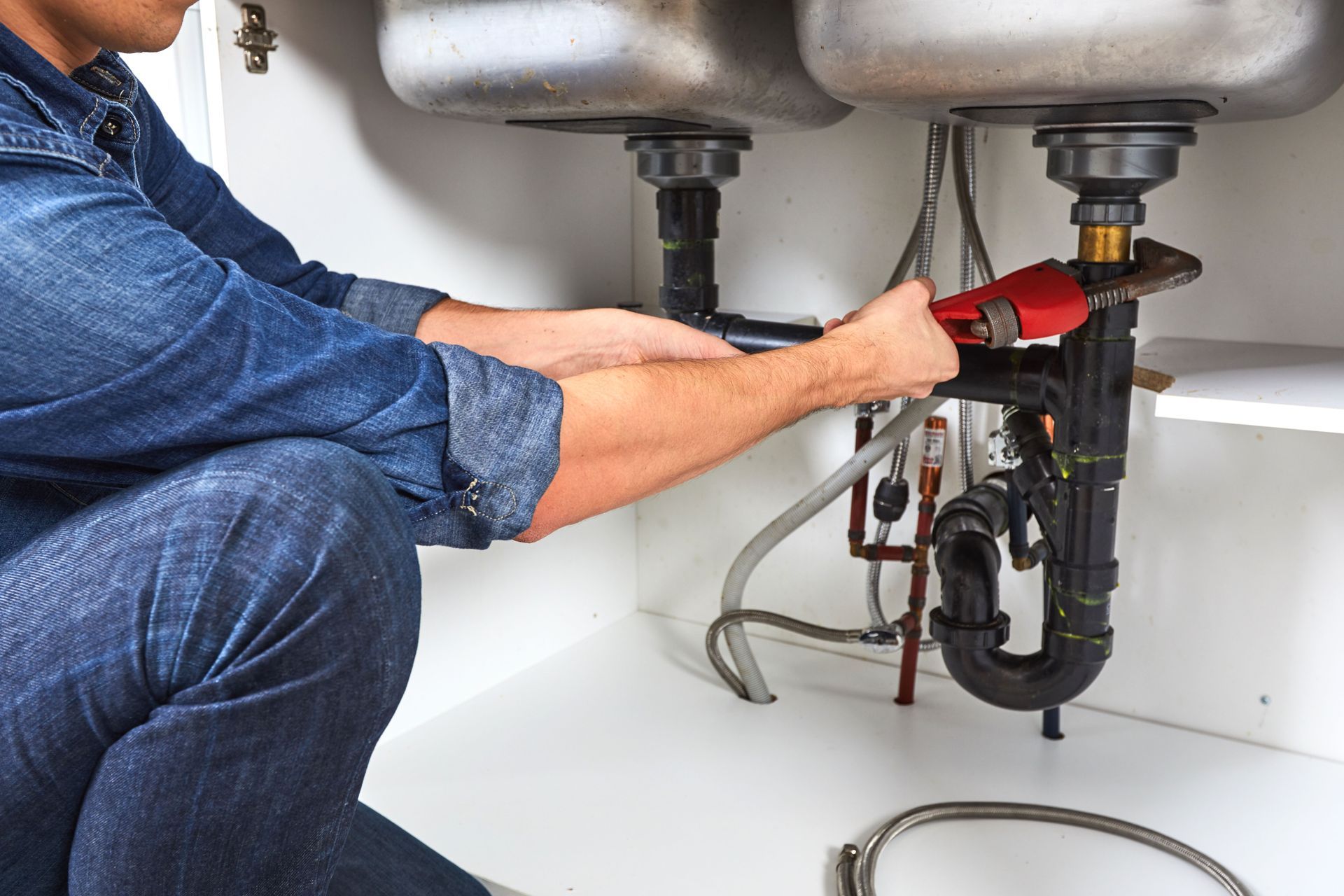
Share On: